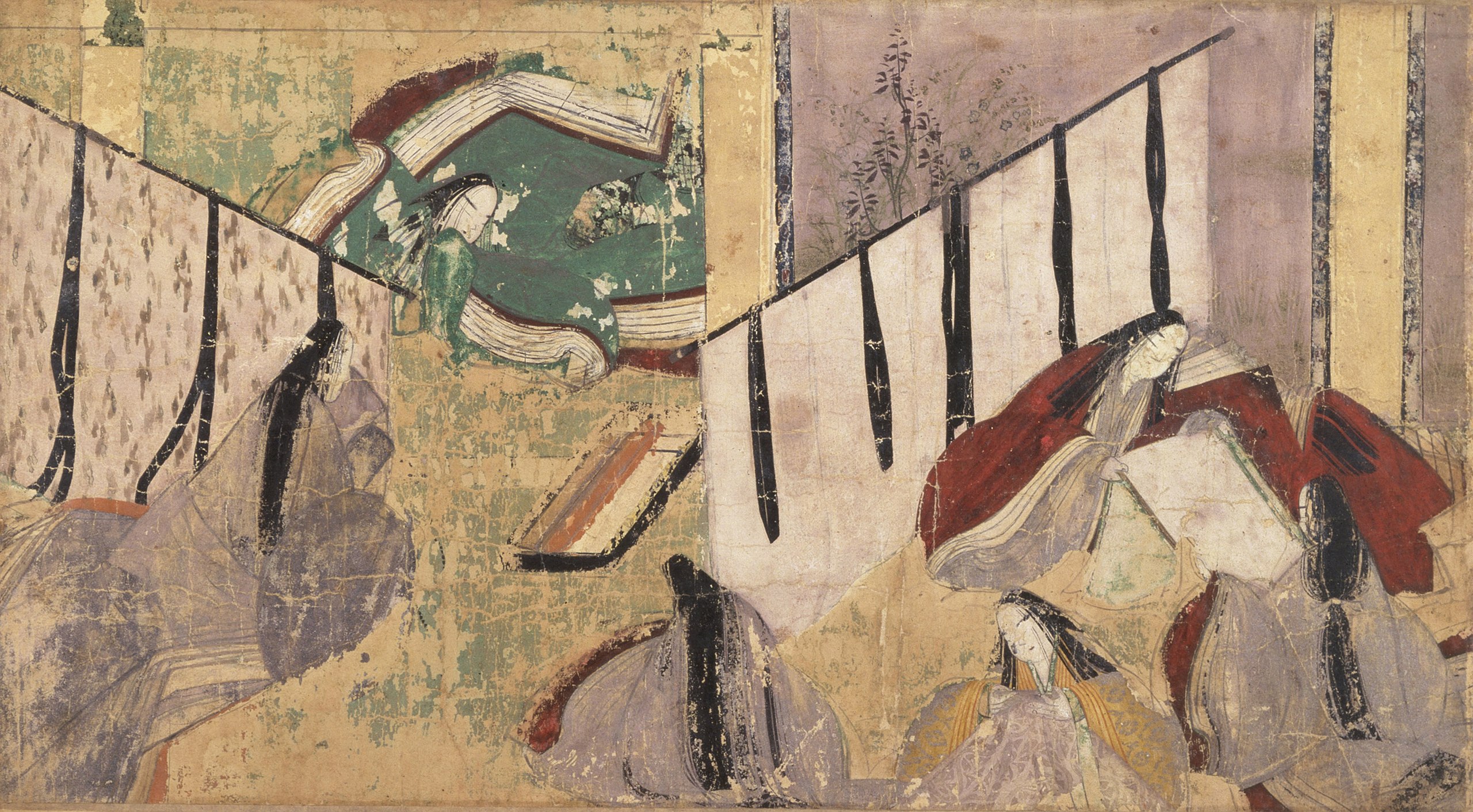Water color is a painting technique in which an artist applies pigments suspended in a solution of water and gum arabic to dampened paper. The paint is transparent. The more water added to the paint, the greater its transparency and the softer its tone. Water color readily spreads through the fibers of the paper, making the edges of the broad painted areas, called washes, characteristically soft and fluid. The artist can achieve harder, more precise lines by applying relatively undiluted color with a pointed brush, or even by drawing on the painting with a pencil or with pen and ink.

Water-color paint is sold in the form of dried cakes of color or moist mixtures in tubes. Water-color equipment is light and easy to use outdoors, and the paintings dry quickly. As a result, the technique is especially suited to making quick, sketchlike studies of nature.
In one variety of water color, called gouache, white pigment or chalk is added. Broad, flat areas of color characterize gouache paintings. In a water-color technique called dry brush, the artist uses concentrated paint on a brush that is almost dry, see Painting (Water-color painting).
Water-color paints have been used since ancient times in Egypt, China, and India. The German artist Albrecht Dürer made outstanding water-color paintings in the 1490’s and 1500’s, as did the Flemish painter Anton Van Dyck in the 1600’s. During the early 1800’s in England, J. M. W. Turner painted many landscapes in water colors. In the early 1900’s, the American artists Winslow Homer and John Singer Sargent used water colors for some of their best work. Other important artists who used water colors in the 1900’s included Paul Cezanne of France, Paul Klee of Switzerland, and Charles Demuth, Edward Hopper, and John Marin of the United States.
